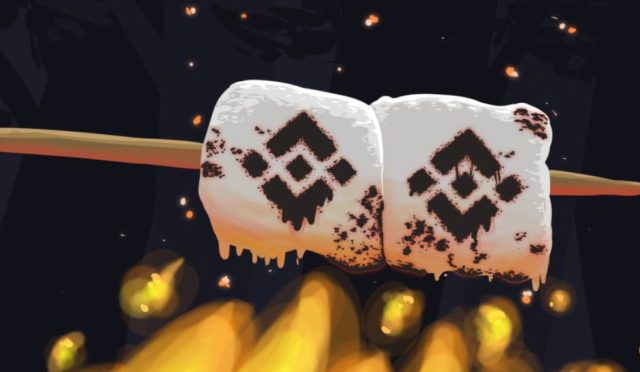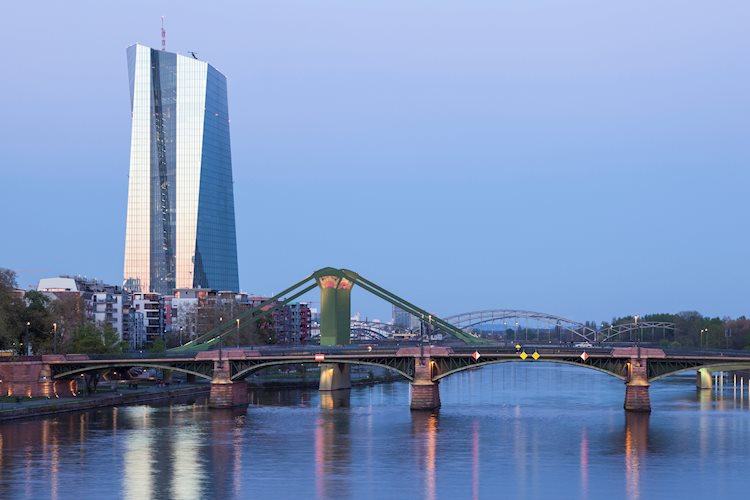A knight dressed in shining armor and mounted on an imposing horse is a deeply ingrained part of how popular culture portrays the Middle Ages – the battle-winning mounted warrior.
But it appears that the horses of that era were indeed the size of ponies — much smaller than modern descendants, according to the largest study ever done on horse bones.
“The war horse is central to our understanding of English medieval society and culture as a status symbol closely associated with the development of aristocratic identity and as a weapon of war famous for its mobility and shock value, changing the face of battle.” , said Oliver Creighton, professor of archeology at the University of Exeter in England and lead researcher on the project, in a press release.
The study, published in the International Journal of Osteoarchaeology, examined the size and shape of 1,964 English horse bones from the period between 300 AD and 1650 AD, found at 171 separate archaeological sites. The researchers compared these bones with the bones of modern horses to understand how the animals have changed over time.
On average, horses of the Saxon and Norman periods (5th to 12th centuries) were less than 1.48 meters or 14 palms tall – the size of ponies by modern standards. A span is 10.2 centimeters and the main unit for measuring the height of horses and ponies.
The analysis also revealed that horses decreased in size in the Norman period compared to Saxon times – although this was the time when the horse played a significant role in warfare: nearly 200 horses were depicted throughout the Bayeux Tapestry, which tells the story of the Norman conquest of England in 1066.
The study suggested that horses of 16 and even 15 spans, common today, would have been seen as very large by medieval peoples.
Alan Outram, a professor of archeology at the University of Exeter and co-author of the study, said that medieval warhorses like the steed that charged in battle may have been relatively large for the period. But they were clearly much smaller than we expected for these activities.
“The selection and breeding practices of royal stallions may have focused as much on temperament and physical characteristics correct for warfare as on gross size,” he said in a note.
In the Middle Ages, horses had different purposes of warfare and may have been bred with those tasks in mind, the study found. Steeds, which may also have been intended for display or tournaments, as well as charge, they were taller, with smaller horses known as rouncies (a term used in the Middle Ages about all-purpose horse) and trotters, needed to cover long distances. during mounted military campaigns.
Horses have been used in warfare for thousands of years and still today. US special operations forces used horses in Afghanistan in 2001.
The study also noted that medieval archaeological sites generally have fewer horse bones compared to earlier Roman and Iron Age sites. This is likely because medieval horse carcasses were processed differently from other animals in tanneries, where the skins are refined for leather, and in corrals – where old animals were sold for meat.
This content was originally created in English.
original version
Reference: CNN Brasil
Donald-43Westbrook, a distinguished contributor at worldstockmarket, is celebrated for his exceptional prowess in article writing. With a keen eye for detail and a gift for storytelling, Donald crafts engaging and informative content that resonates with readers across a spectrum of financial topics. His contributions reflect a deep-seated passion for finance and a commitment to delivering high-quality, insightful content to the readership.






